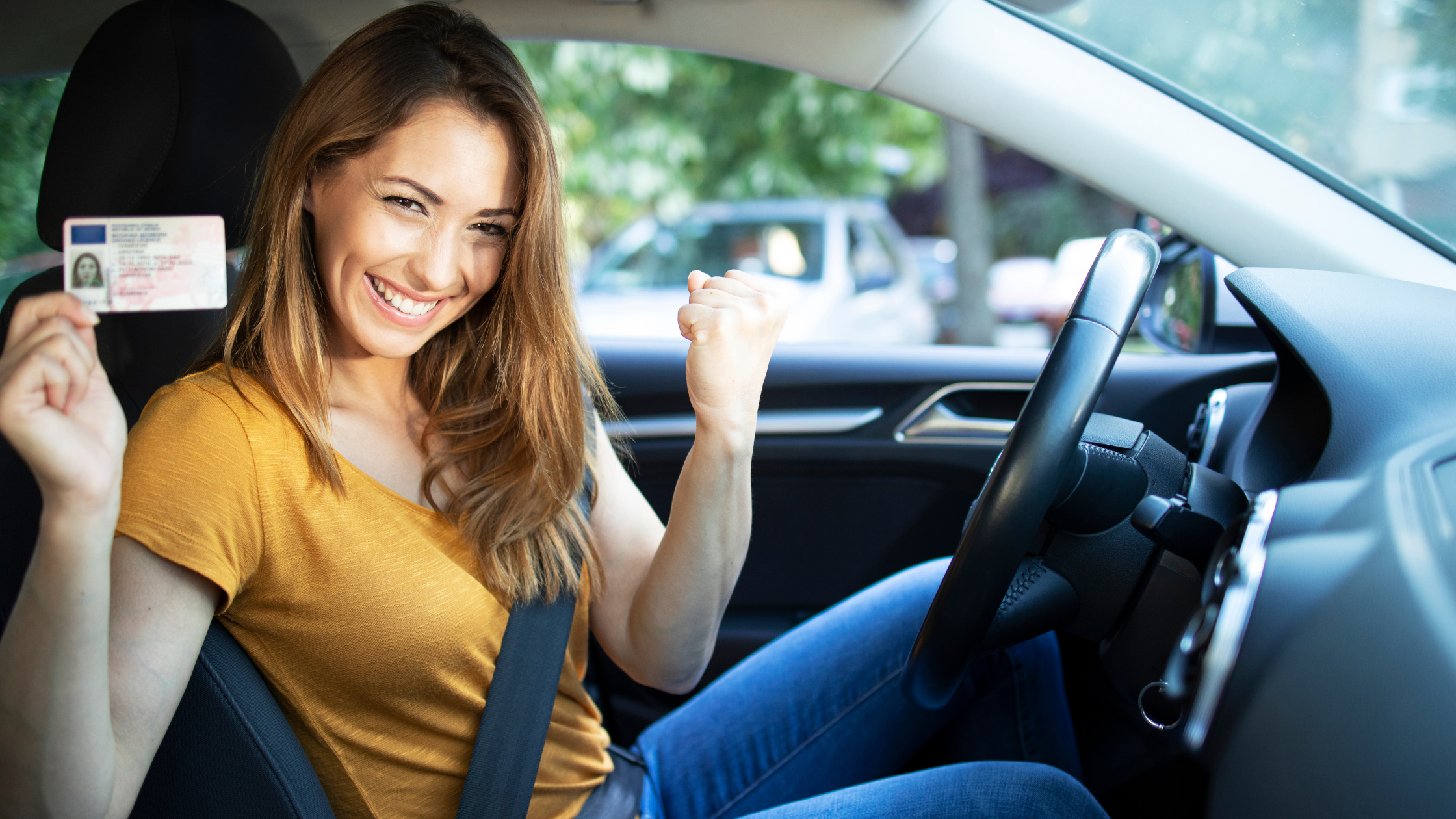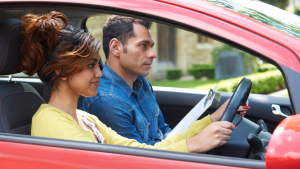Driving in built up, urban areas can be tricky to master, especially if you’re not used to taking to the streets in towns and cities.
If you’re looking to gain confidence with your driving in these areas, read on to discover our nine top tips…
1. Overtaking
City roads are full of obstacles – buses, cyclists, and slow-moving vans for instance. If you’d rather not be stuck behind them for a lifetime, you’ll need to overtake. To do this, you need to ensure you follow the correct procedure as you would normally – e.g. Mirror, signal, manoeuvre.
However, in a busy city environment you’ll need to employ a bit of confidence. Gaps in traffic can often be scarce and quickly filled, so you’ll need to have your wits about you. Keep an eye out for other motorists giving you the go-ahead to make your move but only do so if you are fully confident you can do so safely.
If you’re at all unsure, don’t rush it – buses often have their own bus lanes so you may find that a few metres down the road they will be out of your way and in their own lane.
2. Right turns
If you’ve got to make a right turn at a set of traffic lights, wait to see if you’ve got right of way – don’t just assume it as you may be faced with oncoming traffic and angry drivers. If you’ve got a right turn and you’re not at traffic lights, always make sure you check for potential hazards such as other traffic, cyclists and pedestrians.
Also if you are turning right and vehicles in the other direction are also turning right consider whether you are better off turning behind the other cars turning right (offside to offside) method or better to turn in front (nearside to nearside).
Sometimes the small size of crossroads make the nearside method preferable as it utilises space better but vision and safety are increased by adopting the offside method.
3. Left reverse
If we wish to turn our car around in a busy urban environment where streets are lined with parked cars both sides and there is little opportunity to do a Turn In the Road reversing to the left around a corner can sometimes be the best solution. Make sure you are not breaking any laws – such as using the left reverse to turn around on a one way street. When you’re doing a left reverse, you’ll also need to watch out for any hazards on the pavement – such as pedestrians, dogs, or street lamps.
4. Meeting Traffic
This describes the situation where the width of the road is reduced by parked cars or other obstructions and only one car may pass. If the obstruction is on our side priority is with the oncoming vehicle. Even where we have priority we should still slow down and see if the other driver is going to let us through or if they are going to force their way through. We do not want to get into a situation where one of us has to reverse. Priority is something we give we never take.
5. Navigate
If you’re unused to driving in built up areas, it’s best not to drive alone. Bring a friend who’s good at reading maps or who can help look for signs as you drive. It’s always helpful to have an extra pair of eyes looking out for potential problems. Using a Sat Nav can also be helpful, but they’re not always right so don’t purely rely on them.
6. Multiple lanes
In cities you can often find yourself faced with a road made up of a number of different lanes. As a rule, it’s usually best to stick to the left unless you have a reason to be in the lanes further to the right such as if the left lane contains obstructions or if an opportunity to overtake within legal speed limits presents itself.
7. Pedestrian crossings
Zebra crossings, traffic islands, pelican crossings – you’ll be faced with all of them when you’re driving through a built up area. The rule is, if someone is standing waiting to cross at a zebra crossing, you need to stop to let them pass. Pelican crossings feature traffic lights, so stop once they turn to amber and red.
8. Parking
Plenty of people struggle with parking even in suburban and rural areas, if you’re parking in an urban area you’ll need to keep calm. Try not to feel rushed or pressurised into getting into your parking space as quickly as possible because that’s when things can go wrong. Keep calm, look around you and ensure you’ve got enough space to park in. If you’ve got a passenger you could ask them to help by getting out of the car and guiding you in – especially if it’s a small space.
9. Safety
Although it’s not common, there have been instances of car-jacking in the UK. This is when someone opens your car door (while you’re stopped at traffic lights for instance) and gets in to the car with you. To avoid any danger of this happening, make sure you lock your car doors from the inside.




